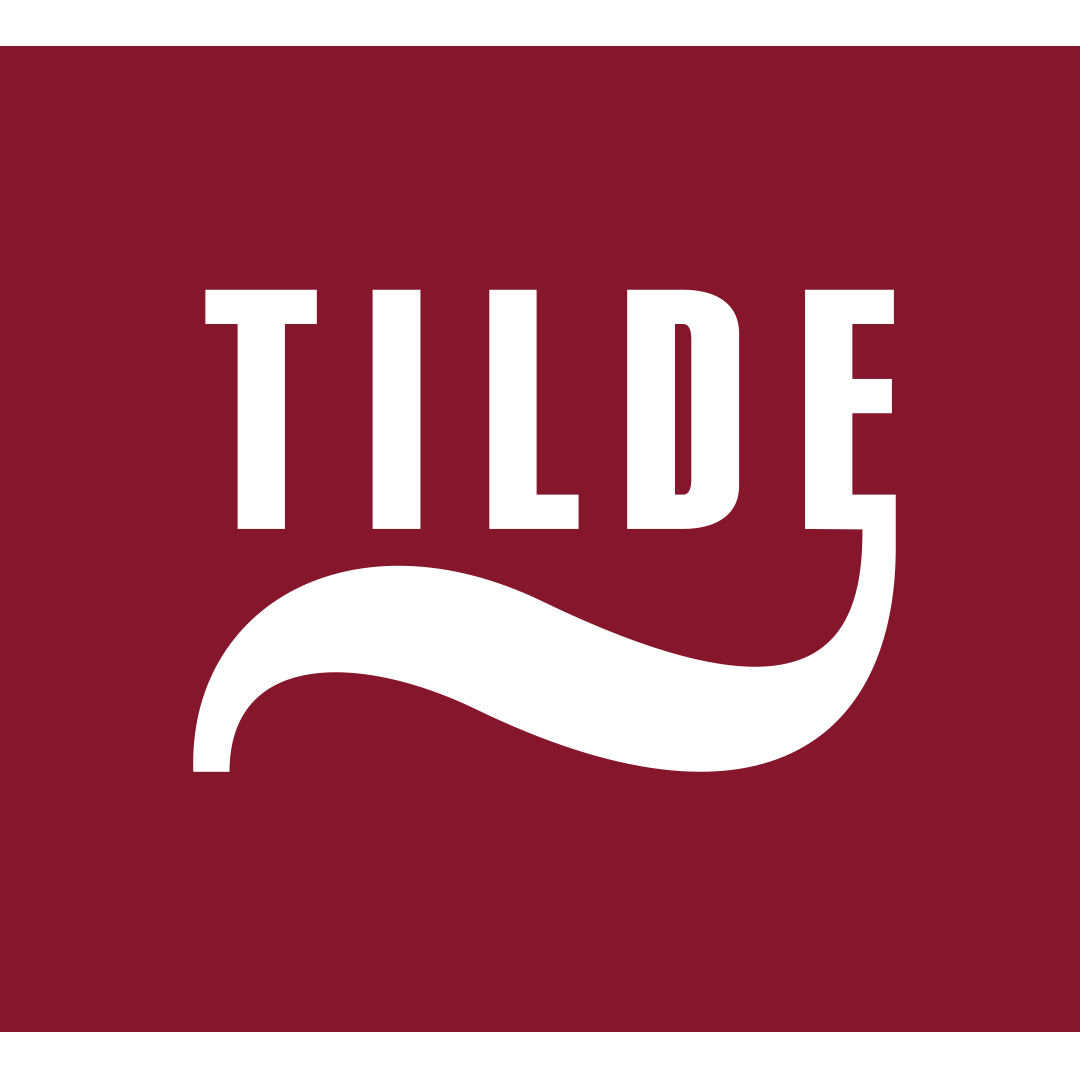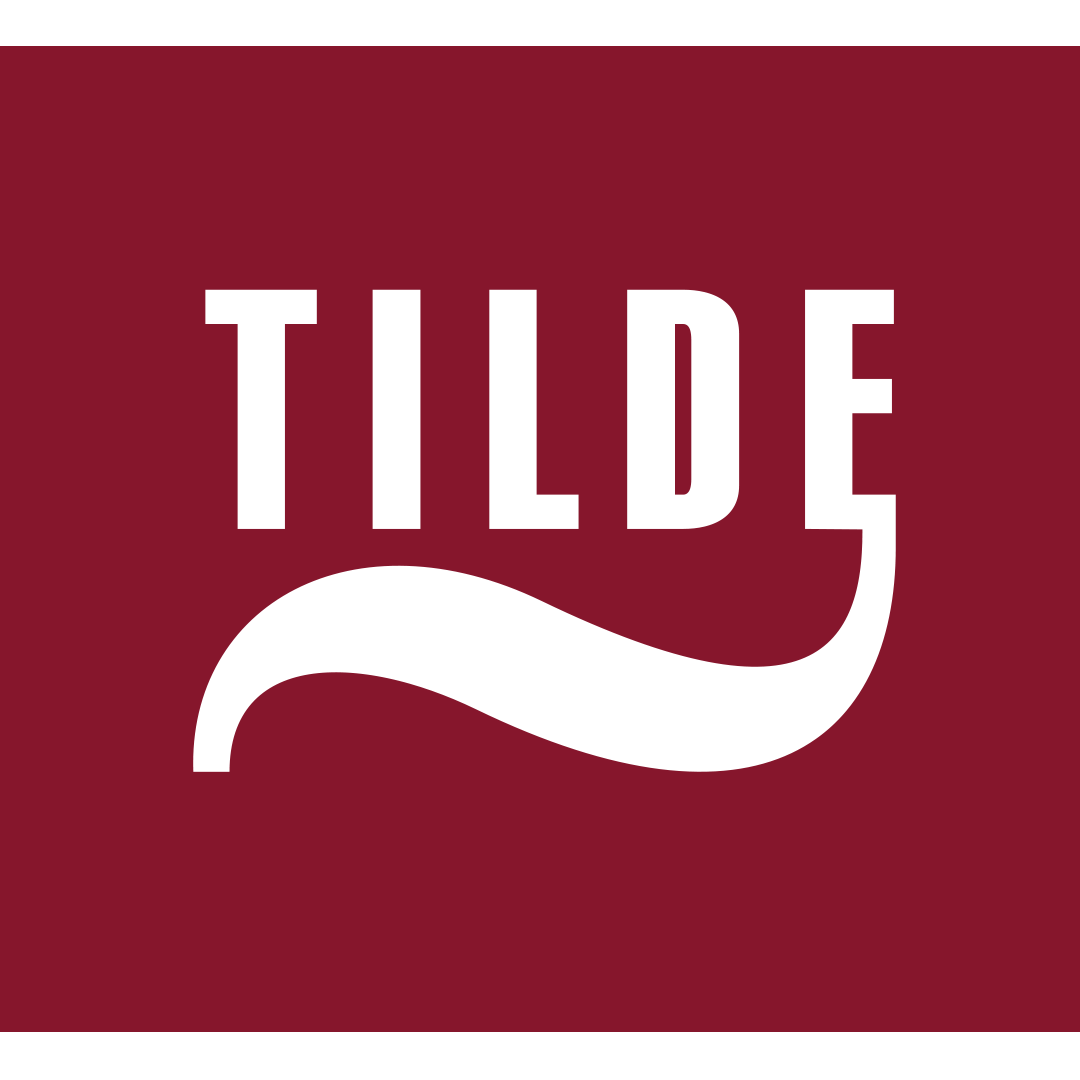Chatbots take over the Lithuanian public sector: customers don’t mind talking to AI
Tilde May 8, 2024
“Over 40% of queries to the Lithuanian Public Employment Service chatbot are posted outside of working hours,” says the service representative while sharing her story about the performance of chatbot Ema, which was only launched in January. Developed by the language technology company Tilde, this smart chatbot has answered over 31,000 queries, and the Employment Service claims that it will only continue to expand its chatbot’s capabilities.
Inspired by the need to answer customer queries outside of working hours
Vaida Urbanskienė, head of the customer care and service department of the Employment Service, says that the decision to deploy a smart chatbot was based on the increasing flow of customer queries and a significant share of repetitive questions: “At the time, our experts were using a chat channel to provide support. Although the customers had grown to appreciate such services, our experts had to bear an increasing workload as they had to provide support both over the phone and via online chat. Furthermore, we noticed that a significant number of queries were being posted outside of working hours. This required us to start looking into the capabilities of AI in order to find a more efficient way to provide our services and answer customer queries 24/7, and this is why we decided to deploy a smart chatbot.”
Employment Service chatbot Ema has been working since 2 January this year. It has received over 31,000 customer messages and resolved over 9,000 support cases. According to V. Urbanskienė, customers also actively communicate with Ema outside the working hours of the Employment Service, and the chatbot currently provides support in Lithuanian regarding registration with the Employment Service, tuition support and the employment of foreign nationals. Ema is also able to answer general questions about the Employment Service, such as what the purpose of the institution is, what services it provides, where you can find the legislation etc.
“Increased customer service efficiency and better availability of public services are the main motivating reasons for deploying chatbots. The Lithuanian government sector is implementing relevant innovations quite swiftly, and an increasing number of organisations that provide a whole spectrum of public services have been deploying new technologies with the utmost determination and responsibility. The Employment Service is a good example of this: the team identified the issue, found a solution and improved its customer service experience within a few months with the help of a chatbot,” – says Renata Špukienė, head of the department in Lithuania for the language technology company that developed the chatbot for the Employment Service.

Chatbot deployment took 3 months
According to Tilde’s managing director, many organisations are intimidated by the deployment process rather than the chatbot’s capabilities to solve their challenges, as they assume that the process is complicated, long-lasting and requires major organisational resources.
“Chatbot deployment was really smooth; it involved a major part of our team, as we wanted to provide a solution that would both meet the customer’s needs and comply with the Employment Service’s values. The entire process of chatbot deployment took 3 months, which included data systemisation, the prediction of possible customer queries, user-friendly and clear presentation of answers, and Ema’s training. We put considerable effort into developing the identity of the chatbot, which is encoded in its name: E stands for empathy, M for politeness and A for responsibility,” – explains V. Urbanskienė.
According to the representative of the Employment Service, even though Ema has its main trainer, it was aided by the peers from other departments, to ensure the correctness of information, improve text fluency and clarity, and during the last stage of implementation, the chatbot was tested by the entire staff.
“The main aspects of chatbot deployment for government institutions are correctness of information and responsible training. Even though the performance of our chatbots has already been proven by the number of our solutions for government institutions, ultimately it’s still an AI based solution which can make mistakes. To avoid such risks, the involvement of the receiving institution and diligent training are crucial. For this reason, mass-produced online chatbot solutions are unfit for public services as it’s nearly impossible to ensure their quality. Government institutions can’t take such risks,” – says R. Špukienė.
Chatbot revealed unexpected customer habits
When asked to evaluate the current results of chatbot performance, Vaida Urbanskienė, head of the customer care and service department of the Employment Service, says that the team is quite pleased: a considerable part of queries are dealt with by Ema and it can provide clear and correct information.
“Even before starting to deploy our chatbot, we saw the working hours and Ema’s services were definitive proof of this insight: more than 40% of support is provided outside of working hours. Furthermore, we see that employers who have questions about the employment of foreign nationals are more likely to contact the chatbot rather than our experts. It surprises me most that the customers talk to Ema as though it was an actual person: they ask it about its feelings or tell it about themselves; sometimes we notice totally unexpected questions, such as “have you ever tried eating crocodile”, “how can you win a million” or “do you know how to curse”. All of this only proves that our solution works well,” – says V. Urbanskienė.
According to the head of Tilde in Lithuania – the company behind the development of the chatbot – the ability of the chatbot to answer outside its templates is based on AI: “A smart chatbot is trained by introducing it to different questions and answers. Although it is able to read texts that are written in a variety of forms and styles or contain spelling mistakes, it provides additional questions to elaborate the query if it’s unclear, to give the customer the best possible answer. In addition, based on the needs of each organisation, the AI is trained to speak in a particular style; for instance, Ema provides its information concisely and neutrally, it doesn’t quote the legislation, and prioritises simple, user-friendly explanations.”
Further AI solutions in sight
When asked about the further evolution of Ema, the Employment Service representative admits that in the nearest future, the service will be supplemented by two additional topics: “Further on we strive to evolve our chatbot in the direction that will allow customers to get answers related to all the questions about the Employment Service. We also expect to employ more AI solutions that will enable Ema to provide answers from looser information.”
The head of the language technology company “Tilde” in Lithuania reveals that at the moment its technology department is already implementing Large Language Models (LLM) into all of its products; therefore, the wish of the Employment Service to train its chatbot to provide answers from looser information might become a reality: “Implementation of Large Language Models into chatbots means exactly this: AI is able to learn not only from methodical questions and answers but also from textual information, such as legislation. It can read such information and relay it to the interested party in a simple, concise manner. It will make our chatbots smarter and able to provide support on an extensive range of information.”





